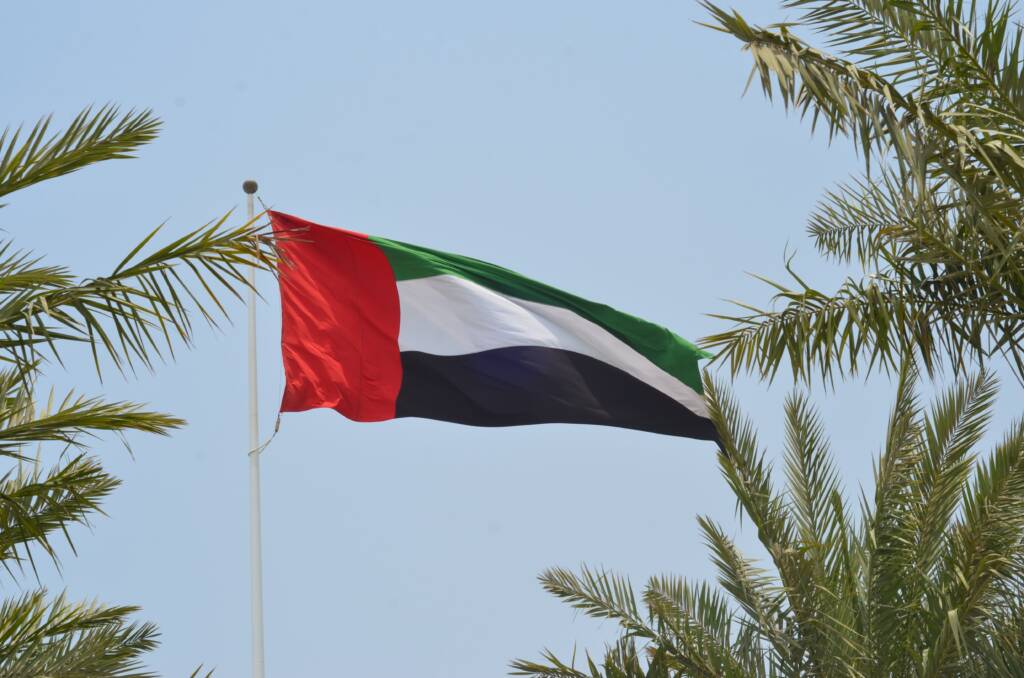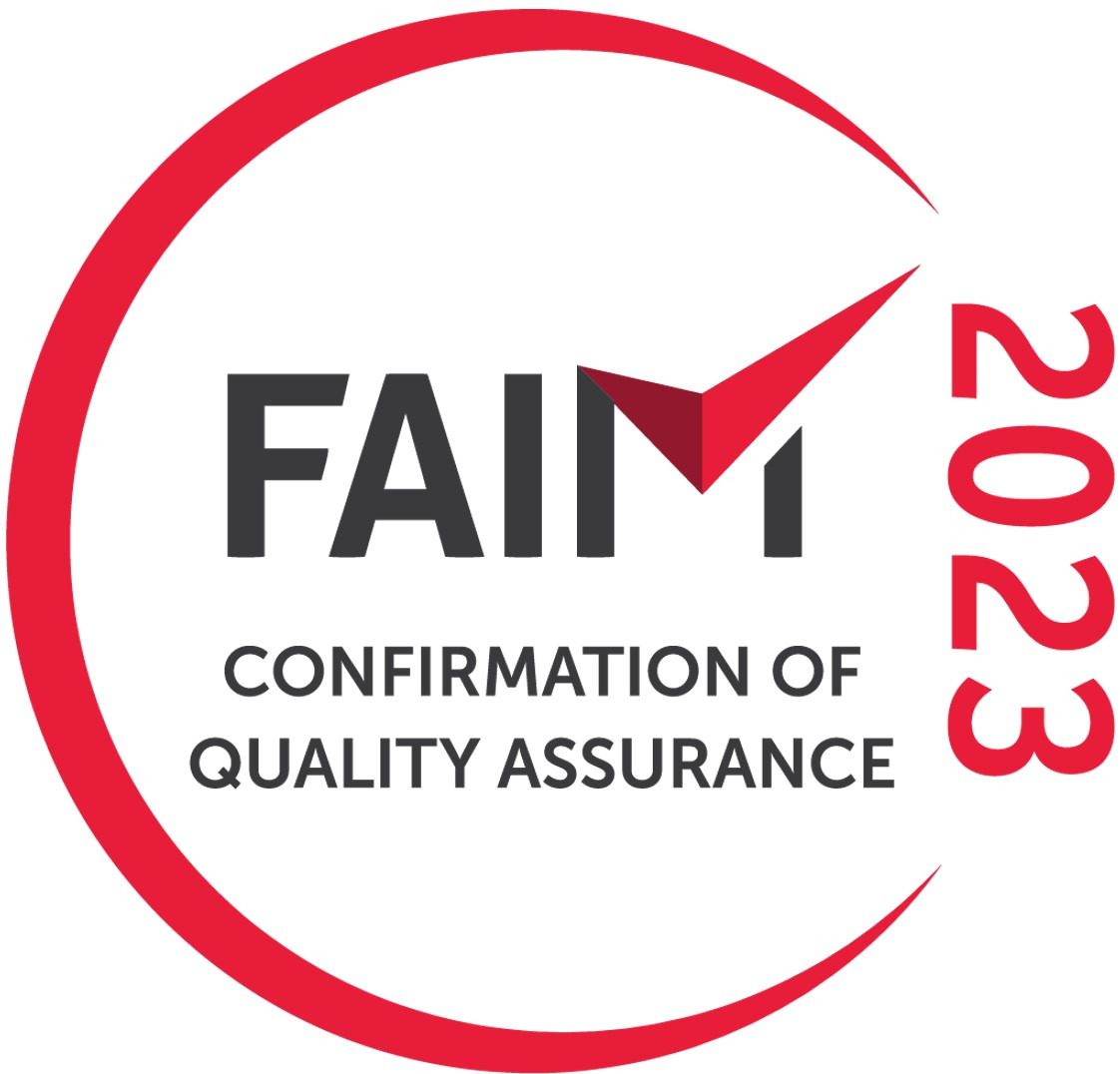Many people have heard of the UAE, but don’t really understand its history or how it works. Is the UAE a country? Is it made up of countries? Who’s played a part in the UAE’s history? If you’re considering your international removal to the UAE, it’s important to brush up on the history of the United Arab Emirates. Here’s a short history of the UAE to help with the basics.
Is the UAE a country?
The United Arab Emirates is a country located on the Persian Gulf and is made up of 7 emirates. An emirate is a territory ruled by an emir, which means the UAE is governed by 7 emirs. These 7 emirs work together to form a governing body, from which a president is elected as the main figurehead for the UAE. This spokesperson is elected from Abu Dhabi, which is the largest and richest of the 7 emirates.
What are the emirates in the UAE?
There are 7 emirates in the UAE, and contrary to popular belief, they are not all bustling desert cities. Abu Dhabi is the largest emirate, with Dubai being second largest. These two emirates make up the majority of the wealth of the UAE and are the emirates people think of most frequently when the UAE is mentioned. The other emirates are smaller, and in many places are much more modest. Listed in order of size, the 7 emirates of the UAE are:
- Abu Dhabi
- Dubai
- Sharjah
- Ras Al Khaimah
- Fujairah
- Umm Al Quwain
- Ajman
It’s also worth noting that the capital city of each emirate has the same name as the emirate territory. The capital city of Abu Dhabi is Abu Dhabi, whilst this is also the name of the whole region. Abu Dhabi (capital) is 972km2, whereas the region is actually 67,340 km2. This makes the capital only 1.4% of the entire Abu Dhabi regional area.
History of the UAE
Ancient History
In ancient times, the Persian Gulf, where the modern-day UAE is situated, was relatively cut off from other people. With vast deserts and treacherous mountains cutting the gulf off from most other contact, countries of the Persian Gulf only really communicated between themselves. The countries that could be found on the Persian Gulf included (modern day) the UAE, Oman, Qatar, Bahrain, Kuwait, Iraq, Iran, and others. These countries were influenced by the power of several empires, including the Ottoman Empire, Sassanid Persian Empire, and the Parthian Empire. These empires and countries were famed for their naval prowess, and piracy was common along the gulf.
Colonisation
In the 1500s, Portuguese naval forces attempted their first invasions of the Gulf. Battling with Ottoman forces, the Portuguese conquered many of the gulf countries, and were not expelled for around 100 years. The Persian Gulf supplied trade routes to North Africa, India, and China, and was a valuable port for long voyages from Europe. The main trade of the gulf countries were pearls, and these made up a large part of the history of the UAE and surrounding countries.
In order to overthrow Portuguese rule, the help of the British Navy was enlisted by the Persian emperor of 1622. This opened up the gulf for more trade, and for many years the region prospered. The East India Trading Company and Kuwait formed alliances to help the British capitalise on this trade route and the booming pearl trade, and all was well for many years: the UAE and Persian Gulf was peaceful.
Modern history of the UAE
In more modern times, at the start of the 19th century, the gulf was ruled by Sheikdoms. This was, much like an emirate, a territory ruled by a Sheik. Piracy had started to creep back into the waters of the gulf, and so to secure their trade in the region the British signed treaties for naval truce with many Sheikdoms. In 1853 this necessitated the creation of the Trucial States, which was a group of Sheikdoms that formed under the protectorate of the British, in return for piratical immunity. The British had control of foreign policy in the Trucial States for several years, although it cost them lots of money and towards the end of the 19th century, they stopped seeing much point in the arrangement.
In the early 1900s, things changed forever on the Persian Gulf. With the invention of artificial pearls, the main trade of the region was devalued and eventually ceased. Many people moved away from the cities in hope of finding work elsewhere, and for a while the UAE was deserted. However, after a few years of hardship, one discovery in Iraq changed everything: oil.
Upon the discovery of this hugely valuable commodity, people were quick to emigrate to the UAE, and populations rose again. In order to defend their new resource, the Trucial States decided to become independent of the British and formed the United Arab Emirates. The British stopped their protectorate in 1968, then three years later, on 2nd December 1971, the UAE was formed. This originally included 6 emirates, with Ras Al Khaimah joining two months later, to make the 7 emirates we know today.

UAE flag history
The history of the UAE is colourful and varied, much like the history of their flags. The first flags of the region were either plain black or white rectangles. The first colours were used in ancient times for the Achaemenid Empire, which were red and gold. The colours we see on the modern flag, green, red, white, and black were first used together in the 1800s by the Omani Empire. The flag of the Trucial States contained red and white horizontal stripes with a star in the middle, but this was abandoned with the independence and formation of the UAE. The UAE flag that was designed in 1971 with the formation of the country is the same flag as the one we know today. The 4 colours it contains are representative of the following things:
- Black – Defeating enemies
- Red – Courage
- Green – Joy or hope
- White – Purity or peace
This short history of the UAE has hopefully helped you learn more about the country, and how it came to be. If you’re considering an international relocation to the UAE, please don’t hesitate to contact our experts at John Mason. We have over 130 years’ experience in international shipping, meaning we can make your overseas move as smooth as possible. Here at John Mason International, we make you the centre of our world, wherever you’re going.
















